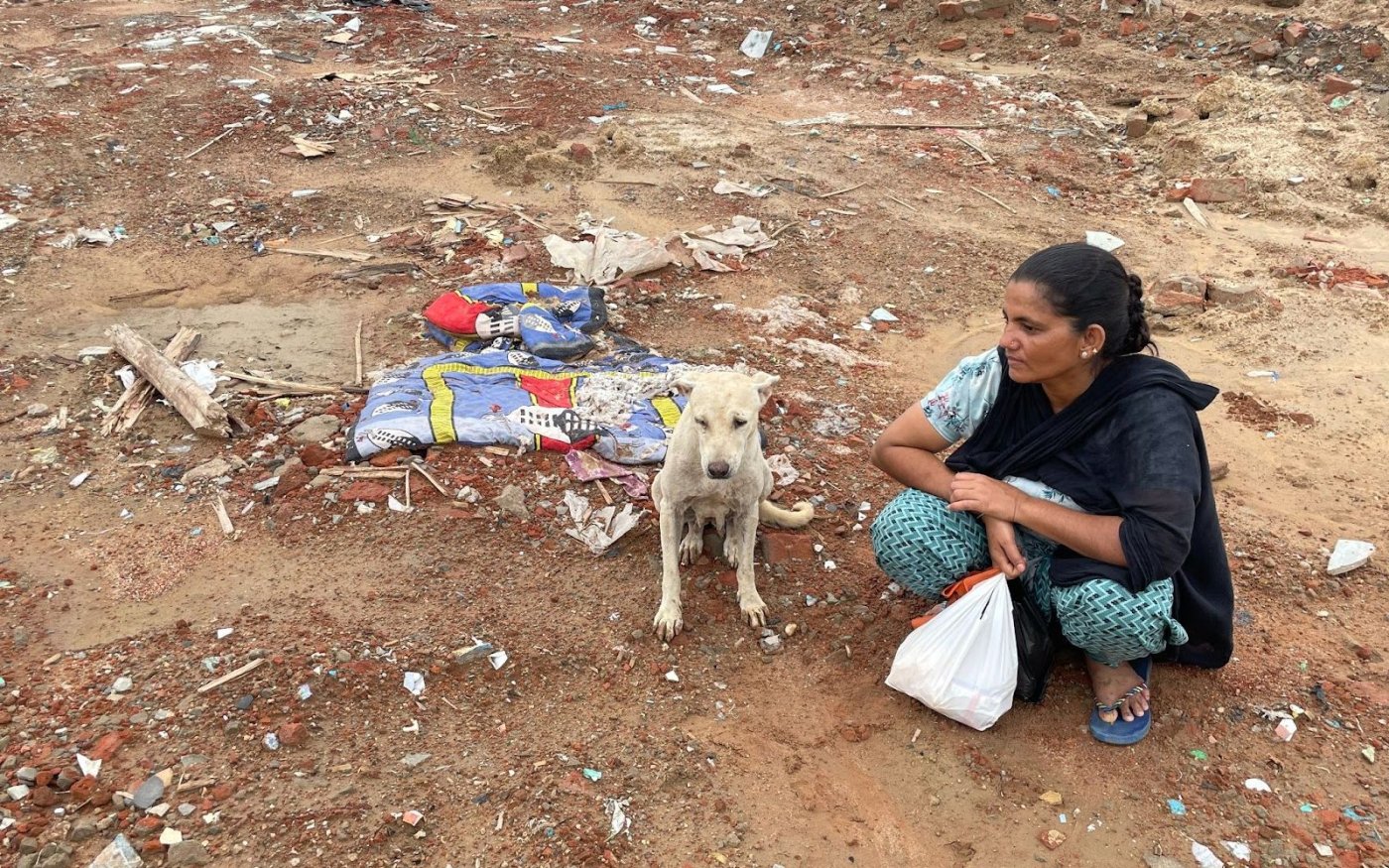
By Sabah Gurmat
Ahmedabad: Hapizabanu Begum pulled a tarpaulin sheet over her head, crouching on the wet ground as the drizzle turned to rain.
For over two months now, the 55-year-old migrant worker from West Bengal has had no roof over her head. Once a resident of Bangali Vas near Ahmedabad’s Chandola Lake, Begum now survives by begging and picking up occasional domestic work—if she’s lucky.
“They came on the 28th or 29th of April, I don’t remember the date,” she said through tears. “But there were hundreds of police and the JCBs. I can’t forget the bulldozers. We were given no proper notice. My house, my TV, my fridge—everything was destroyed.”
Begum is one among thousands of mostly Muslims unprepared for what happened on the night of 28 April 2025 to thousands of homes in a slum built along Chandola Lake here.
Just days after the 22 April attack in Pahalgam, a nationwide crackdown followed in the name of national security. In Gujarat, it took the form of a drive to identify “illegal Bangladeshis,” launched on 26 April, four days after the attack.
The Gujarat police detained at least 890 people—with locals in a court petition claiming the number was as high as 1,560 people—including 219 women and 214 children, on suspicion of being “illegal immigrants”.
Almost all Muslims, these people were lined up, as several videos revealed, for 4 km, from a football ground to the city’s crime branch police headquarters in the Jamalpur neighbourhood, to identify Bangladeshis.
This story was originally published in article-14.com. Read the full story here.

